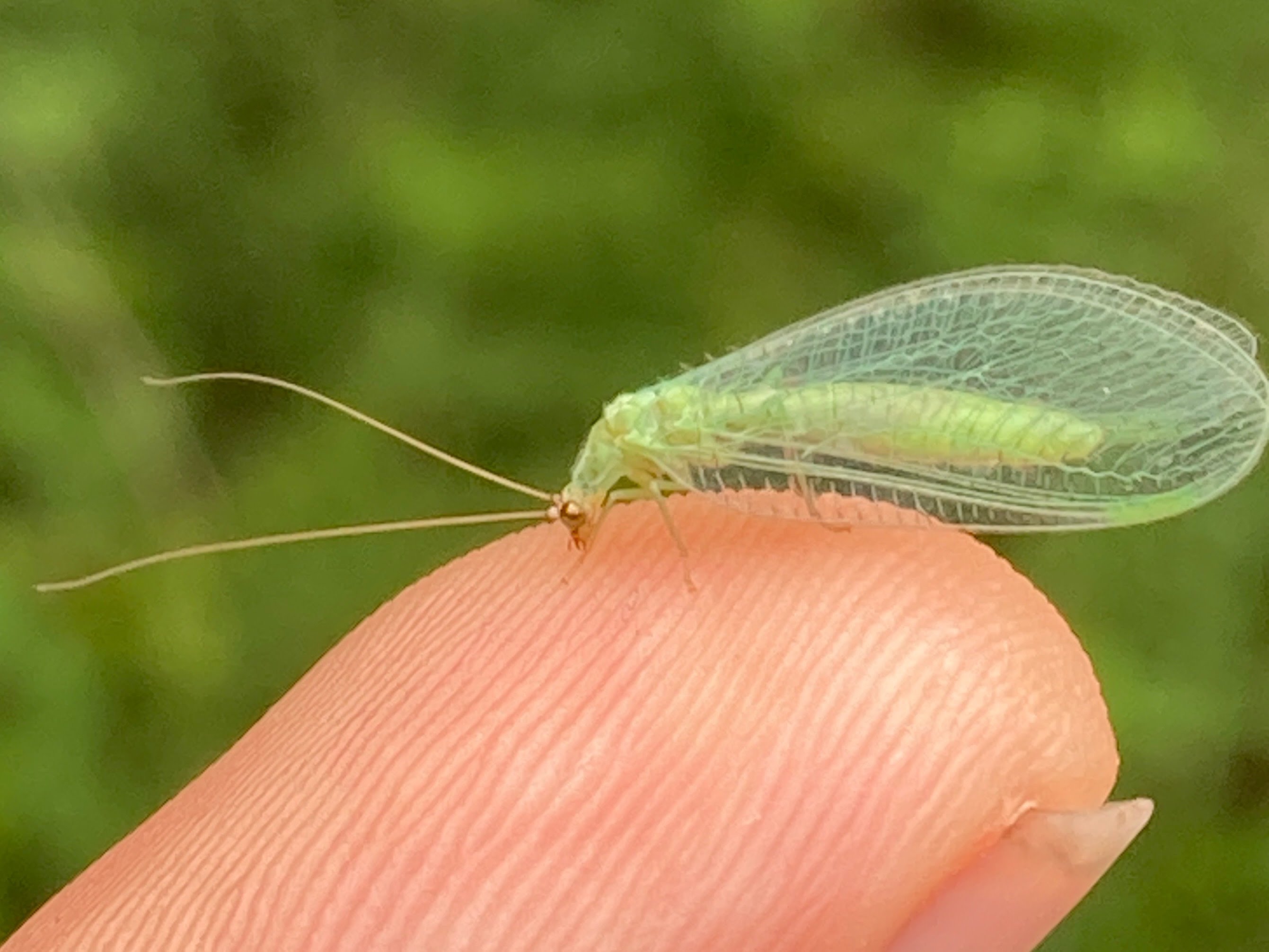Plant a Prairie Grassland
By Joyce Fry, Master Gardener Volunteer
There are an estimated 24 million acres of lawn in the United States, and while a cropped green lawn may look appealing, it lacks much color and life. Absent are butterflies and other pollinators and most bird species. If you enjoy watching wildlife and would like to improve your views, consider replacing some of that lawn with a prairie grassland. Prairies contain warm-season grasses and many wildflowers. Warm-season grasses are so-named because their growing season is much shorter than that of turf grasses (cold-season grasses). They are an integral component of a prairie because of their adaptation to extremes in weather, and their deep, branching, oftentimes clumping, root system. The clumping habit is critical for some grassland birds, such as Bob-white quail. Their chicks cannot navigate through the tightly intertwined fescue roots of turf grasses but can move easier and hide from predators amid the clumps of prairie grasses. Some of these grasses include big bluestem (Andropogon gerardi), little bluestem (Schizachyrium scoparium), Indian grass (Sorghastrum nutans), and switch grass (Panicum virgatum). It is estimated that about 2.5 to 3 million acres of ”grasslands” (includes prairie, barrens, savanna, and woodlands) existed in pre-settlement Kentucky. However, about 99% of these have been converted to agricultural and urban areas. Although there have been benefits to humankind through this conversion, much has been lost.
Here in the Bluegrass region, many familiar wildflowers would be right at home in a prairie planting. Spring-flowering plants include beardstongue (Penstemon sp.), black-eyed Susan (Rudbeckia hirta), and coreopsis (Coreopsis sp.). Summer is resplendent with blooms of wild blue indigo (Baptisia australis), blazing star (Liatris spp.) and purple coneflower (Echinacea purpurea). Color continues through autumn with New England aster (Symphyotrichum novae-angliae), great blue lobelia (Lobelia siphilitica), and sneezeweed (Helenium autumnale). These are just a few, and species will differ depending upon soil conditions. In wetter areas, plants such as blue flag iris (Iris virginica), monkey flower (Mimulus ringens) and swamp milkweed (Asclepias incarnata) will dazzle.
“If you build it, they will come” (Field of Dreams, 1989) was never truer than wildlife to a grassland prairie. They attract a vast array of insects and birds. Pollinators include butterflies, bees, wasps, and hummingbirds. Ants are harvesters of aphid “honeydew” and decomposers, and beetles are decomposers or predators. Other insect predators include assassin bugs, praying mantis and green lacewing. This network of insects and bugs attract a host of insect- and seed-eating birds. A hummingbird’s diet consists of about 80% insects. To produce one brood, Carolina chickadee parents must feed their offspring between 6,000 to 9,000 caterpillars. Seed-eating birds include sparrows, Northern cardinal and American goldfinch. They may have a smorgasbord of black-eyed Susan, purple coneflower and grass seed in a prairie. The seed-eating American goldfinch primarily feeds seed to its chicks, while most other bird chicks must have insect protein in their diets. Finally, grasslands provide habitat for insects and birds to nest in, hide from predators, and shelter from harsh weather. Insects overwinter in the dormant and dead plant leaves, stalks, and roots. Lingering seeds and overwintering insects provide sustenance to birds through the winter. Such is the rich, diverse, fascinating life that is missing from a turf grass yard. If you are interested in planting prairie grassland, contact your local Extension Agency for guidance.



